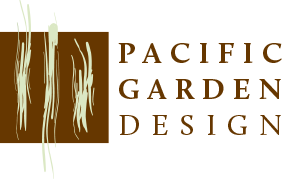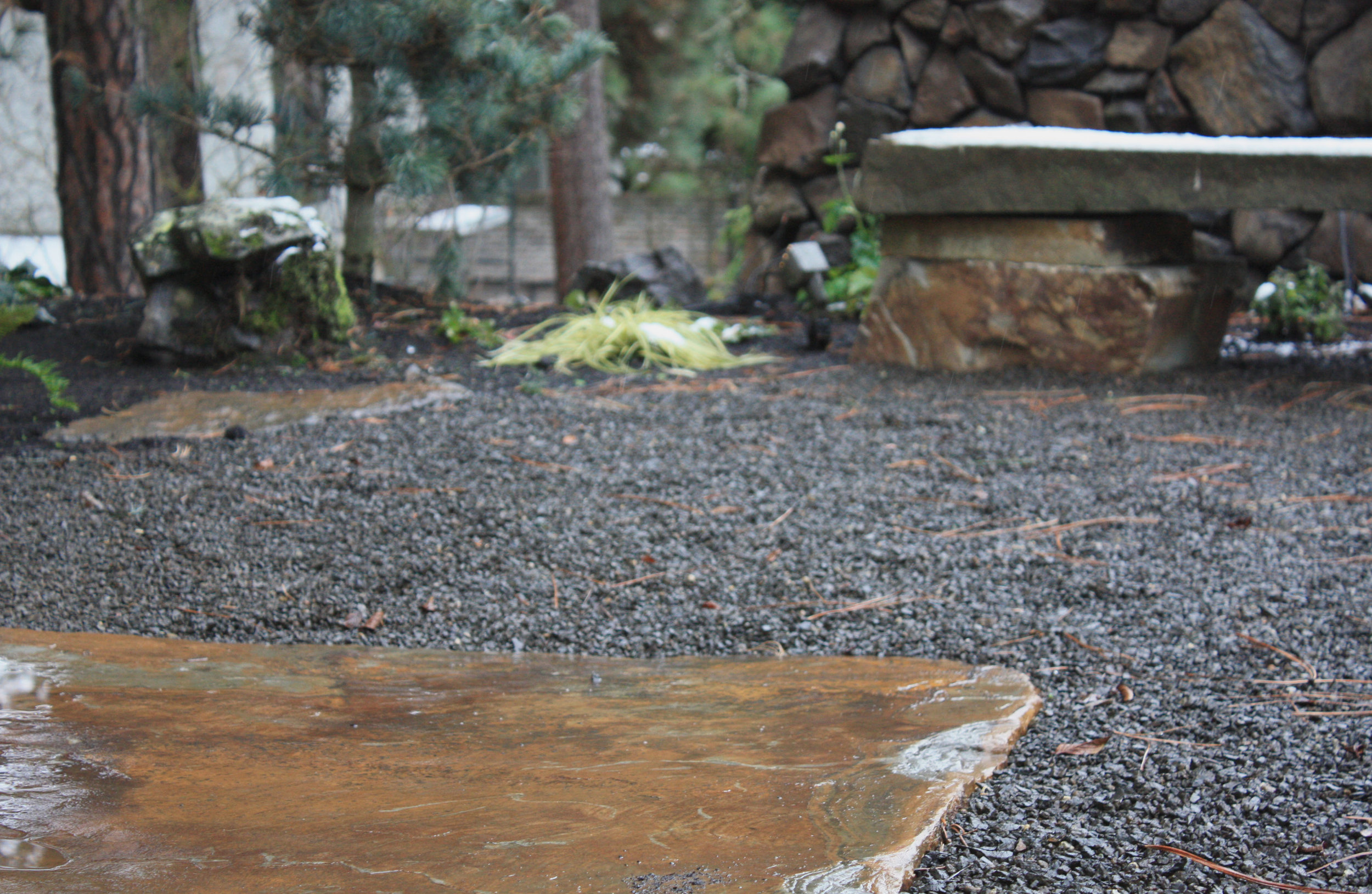What It Is
Thuja plicata, the western red cedar, is an evergreen conifer native to the Pacific Northwest. In Washington, it grows mainly on the wetter west side of the state, but it also grows throughout North Idaho. In fact, North Idaho is home to a huge western red cedar thought to be the largest tree east of the Cascade-Sierra Crest. Although it can reach giant proportions in the wild, there are many nursery cultivars available with more restrained growth, and Thuja plicata is often included in the arborvitae group. Cedar is well known for its iconic scent, as well as its natural insect repellent and rot-resistant qualities, making it a popular choice of wood for building outdoors.
Why to Grow It
The flat, lacy needles of Thuja plicata provide year-round beauty, as well as excellent screening. It is a great conifer for partly shady spaces, and the fragrant foliage is a classic holiday decoration. If the tree is limbed up as it matures, it maintains its interest with shaggy red bark that weathers to gray. Western red cedar’s dense foliage also provides excellent shelter for songbirds and wildlife in the winter months.
Where to Put It
Western red cedar works well as a single specimen tree in the landscape, but its dense structure also makes it an excellent hedge. While it thrives in full sun in its native range, a little bit of shade is helpful for the hot, dry summers we get in the Spokane region, and it does well into partial shade. Providing it with plenty of water is also important here, especially for plants in full sun, and Thuja plicata can even tolerate wet, boggy soils.













